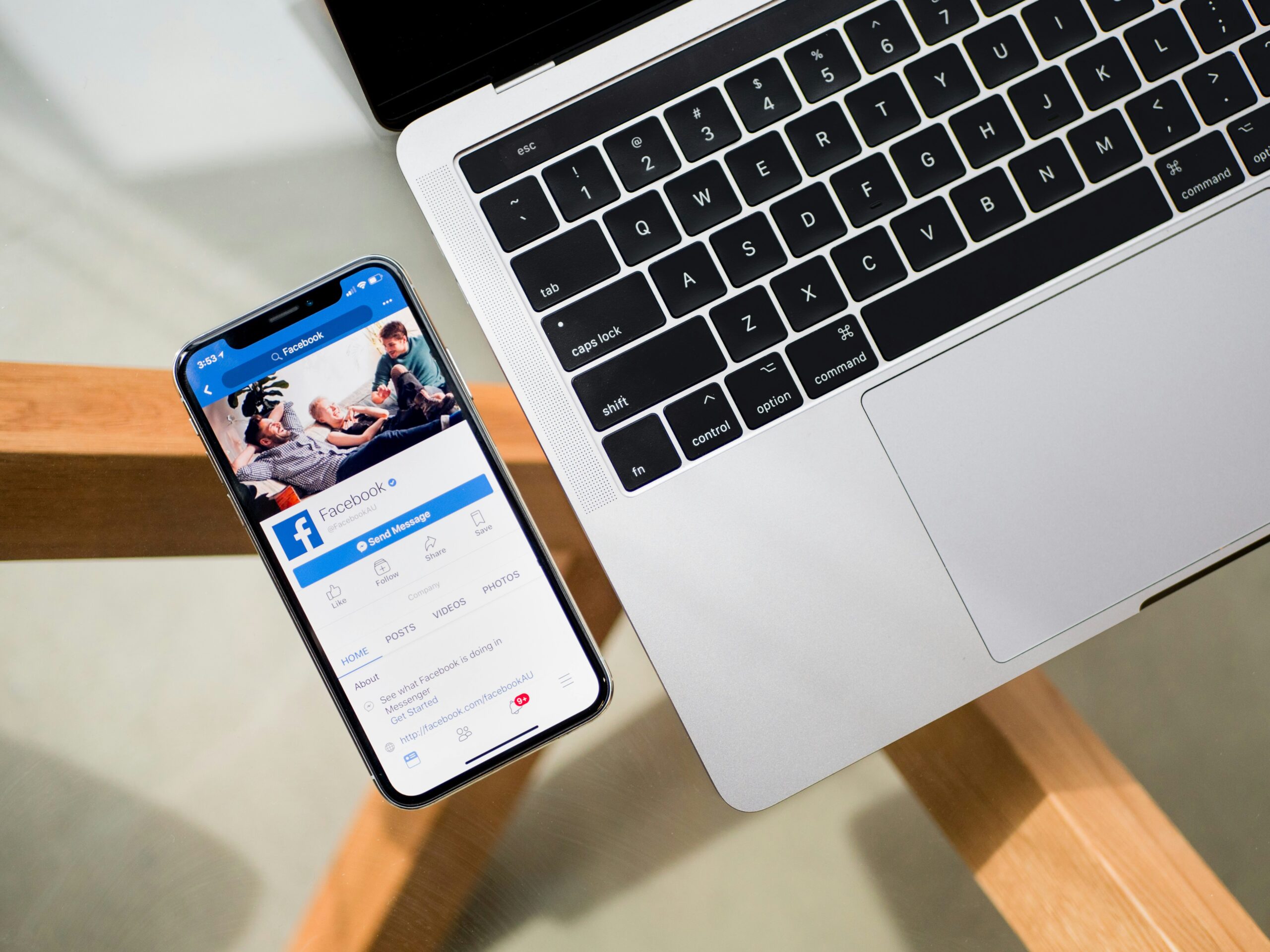Preface
A company that focuses on generating true dialogues with customers instead of being pushy is better to get through than another one. The expression “conversation is marketing” implies the transition of the user from the passive role of a visitor to the active role of a participant of the dialogue. Conversational marketing is a new approach that involves people in a conversational way, instead of just pushing ads to them. In this instance, chatbots and live chat tools are mainly used which do everything from greeting new visitors to lead qualification, product recommendations, and even post-purchase support.
From Interruptive to Interactive Marketing
Conventional digital marketing effectually “interrupts” the users: pop-ups demanding attention, crawling banners, or emails that litter the inbox. Conversational marketing gives the microphone to users and lets them choose the topics they wanted to discuss. Chatbots take action according to a user’s behavior. Chatbots can express time, scrolling patterns, or exit intent, to mention several examples suitable for this task.
This interactivity helps:
- Help at exactly the moment you need it
- Collect the context about the visitor’s intent at that moment
- Add insights into your CRM for better follow-up
Chatbots That Learn to Speak Are More Successful than Forms Offline Sales.
Having static contact forms is the definition of a lame interaction: Fields to fill out, then a waiting time for the response from your team. On the other hand, Modern marketing chatbots are capable of:
- Lead Qualification Immediately
A conversation with a bot consisting of brief, pointed questions about budgets, timelines, and use cases can be used to filter low-value inquiries. - Conversations at Scale
A bot can be active in thousands of conversational threads at once, meanwhile, a human agent has a limited number and needs to pause when he or she is busy. - Collecting More Data
Chatbot scripts designed well collect more than just names and emails; they also identify preferences, issues, and purchasing triggers. - Follow-Up Automation
Whenever a lead drops a message or a cart, the system can swap ‘drip conversations’ whereby linked messages build connections with prospects for a period of days or even weeks. - Preserve Brand Tone
Each answer can demonstrate your brand voice with bot personalization. For example, it can change from formal and technical to friendly and casual.
Basic Elements of the Chatbot-Funnel
To take full advantage of conversational marketing, you have to organize:
1. Chat Triggers
These are the recurring behaviors or particular situations that launch the chat widget. The most common triggers are:
- Dwell time (e.g., a visitor stays on a pricing page for 20 seconds)
- Scroll depth (e.g., the user scrolls 50% of the page)
- Exit intent (that is when the cursor goes to the close button)
2. User Segmentation
The separation of your audience into such kinds, such as first-time visitors, repeat customers, or enterprise prospects, gives your chatbot the opportunity to amend queries or offer solutions.The segmentation might be based on:
- Traffic source (organic, paid, or referral)
- Geographic location
- Previous purchase history
3. Lead Qualification Flow
A brief chain of specific questions that are targeting the user’s needs and readiness are as follows:
- “Are you looking for solutions or do you want to buy it?”
- “What is your budget in the range of?”
- “When would you like to have it set up?”
Every answer gives a number out; highly scored leads can be directly routed to sales.
4. Drip Conversations
Automated conversations triggered when a prospect isn’t doing an essential action namely:
| Timing | Message | Goal |
| Immediately | “Thanks for stopping by. Can I help you find what you need?” | Redeem after initial visit |
| 1 day later | “Here’s a guide on [Feature]. Thought it might help.” | Add the value and create interest |
| 3 days later | “If you have any questions, our team will be glad to help. Would you like a demo?” | Move toward conversion |
| 7 days later | “Are you still interested? Let us know how we can assist.” | Keep connection without being pushy |
5. Bot Personalization
The personalized conversation is achieved by the dynamic insertion of user data and contexts, such as addressing visitors with their name or referring to the page they are on. Find out more about our blog.
Designing Conversational Flows
A high-quality chatbot experience requires a blend of structure and flexibility. Follow these steps to plan out your conversational marketing flows:
- Welcome Sequence
- Segment greeting: a first-time user vs. a returning one
- A short statement of purpose: “Hello! I can find you the right plan or answer quick questions.”
- Segment greeting: a first-time user vs. a returning one
- Interactive Qualification
- Tap on quick-reply buttons (“Tell me about pricing” / “See features”) to lessen typing friction.
- Provide open-text inputs where there’s the need of nuance (“Describe your biggest challenge”).
- Tap on quick-reply buttons (“Tell me about pricing” / “See features”) to lessen typing friction.
- Content Delivery
- Dispatch resources on-demand such as whitepapers, video tutorials, or case studies.
- Use carousels or menus when multiple options are present.
- Dispatch resources on-demand such as whitepapers, video tutorials, or case studies.
- Escalation Path
- Spot high-intent signals (questions regarding budget, timeline, integration).
- Offer human agent connection or a scheduled call.
- Spot high-intent signals (questions regarding budget, timeline, integration).
- Exit or Re-XeEntry
- In the case the user leaves the site, arrange a follow-up drip.
- If they come back via the same device, continue the lost conversation.
- In the case the user leaves the site, arrange a follow-up drip.
Filling in the NLP Integration
Basic rule-based chatbots that follow predefined paths are the ones y are integrating. By integrating Natural Language Processing (NLP), your bot can:
- Interpret free-text queries (“Can I see a comparison chart?”)
- Match synonyms and related phrases to intent categories
- Deal with misspellings or colloquial language
Avoiding an NLP-enabled platform investment costs conversational fluidity and dead ends.
Lead Qualification Best Practices
The following are the principles through which you can make your bots filter out good leads automatically:
- High-Value Questions First
Qualifiers that are very important to the customer, such as budget, timeframe, and the subject matter, should be the first in the flow. - Conciseness Is Key
Limit the qualifications to just 3-5 questions. Longer chains might lead to drop-offs. - Use of Conditional Logic
If a customer shows a need for the enterprise level, skip the basic compliance questions and expose the relevant resources. - Contact Information Collection Early and Always
If it happens that the user abandons mid-flow, you will still have their email for nurturing. - Scoring and Segmenting
Certain answers may receive point values. Leads can readily be labeled as “hot,” “warm,” or “cold” in your CRM.
Integrations and Personalization Tokens
For the personalization of the bot to be elevated, you can set up your chatbot to sync with:
- CRM Systems (e.g., Salesforce, HubSpot) to pull in past interactions
- Email Marketing Platforms for seamless drip campaigns
- Analytics Tools to track chat-to-conversion metrics
Use personalization tokens to insert:
“Hi [First Name], I noticed you viewed our [Product Line] page. Would you like a quick overview?”
This relevance at a personal level spikes engagement rates immensely.
Measuring Conversational ROI
In the chatbot programs, the most vital diagnosis on performance includes:
- Engagement Rate
Chats initiated ÷ total page views. - Lead Capture Rate
Number of contacts captured ÷ chats started. - Qualification Rate
Leads scored above threshold ÷ total leads. - Conversion Rate
Number of qualified leads converted ÷ total qualified leads. - Average Chat Duration
Helps gauge whether flows are too long or too short.
Regularly scrutinize transcripts to attain new FAQs, friction points, and chatbot script refinements.
Common Chat Triggers and Their Impact
| Trigger Condition | Example Bot Prompt | Desired Outcome |
| Time on page > 30 sec | “Need help with this topic? I can point you to the right plan.” | Engage curious visitors |
| Exit intent detected | “Before you go, can I answer one quick question?” | Prevent bounce |
| Referral link source | “Referred by [Partner]? Here’s an exclusive resource.” | Leverage partnerships |
| Abandoned cart | “I see you left some items in your cart—can I assist?” | Recover lost revenue |
| Returning visitor within 7 days | “Welcome back! Want to pick up where you left off?” | Foster loyalty |
Continuous Improvement: Drip Conversation Optimization
Drip flows should be treated as living assets:
- A/B Test Subject Lines or First Messages to see which generate higher open or response rates.
- Monitor Click-Throughs on content links to determine what resonates.
- Rotate Fresh Assets (new e-book, updated case study) to maintain interest.
- Adjust Cadence: If unsubscribes spike after three drips, consider stretching intervals or reducing total messages.
Seven Quick Tips for Bot Success
- Align with Marketing Goals
Each chat flow should map to a funnel stage: awareness, consideration, or decision. - Mirror Your Brand Voice
Consistency across bot, site copy, and human-agent interactions builds trust. - Offer Live-Agent Backup
Let high-value visitors request human help at any point. - Leverage Visual Elements
Use carousels, images, or quick-reply buttons to reduce friction. - Enforce Data Privacy
Disclose how you’ll use captured information and comply with GDPR/CCPA. - Train Your Bot Continuously
Regularly update intents and responses based on fresh chat logs. - Celebrate Micro-Conversations
Not every chat leads to a sale—many drive content downloads or support success metrics that move the business forward.
Summary
The catchy phrase “Conversational Marketing is a trend” does not fit; it is a deep restructuring of the directions and implications of businesses on how to interact with their visitors. By combining the application of artificial intelligence chatbots, live chat, NLP integration, and thoughtfully placed chat triggers, you can automate lead qualification 24/7, thereby giving personalized experiences at scale. What is the outcome? Better customer engagement, better data quality, and shorter sales cycles. You should start with naming one essential page, then setting up a unique chat flow, and finally measuring its results. Later you can expand and see your ROI grow as conversations become your main and best marketing tool.

